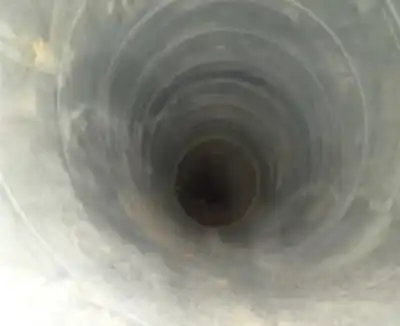Ventilation systems are universally beneficial in extracting contaminants from a building and supplying outside air for breathing. Inside a building, all spaces regularly used by people must be well ventilated as stipulated by building regulations. The ventilation systems must be cleaned and well maintained to ensure their functionality. The World Health Organization conveys that proper ventilation can be instrumental in preventing the spread of COVID 19.
Part F of Building Regulations: Guidance on Building Ventilation
Performance of ventilation systems
It should remove hazardous contaminants before they are spread far and wide from the areas where they are created in large amounts, as in the case of manufacturing facilities.
The system should bring in clean outdoor air for occupants and disperse water vapour and residual pollutants. The ventilation ought to limit drafts and prevent the entrance of rain.
It should be designed and installed to perform in a way that doesn’t compromise individuals’ health. It should be installed in a way that facilitates easy maintenance and cleaning.
Extract ventilation in buildings
Approved Document F stipulates that extract ventilation should be in rooms where concentrated water vapour or potential poisons are produced, for example, cooking, washing, or photocopying. This is to limit their spread to the remainder of the structure.
The building ventilation system must bring outside air to the structure and dilute or scatter pollutants and residual water vapour not managed by extract ventilation. It should remove water vapour, and different contaminations delivered all through the structure from sources such as building materials, decorations, and tenants’ activities.
The Workplace Health and Welfare Regulations 1992.
Cleaning and Maintenance
The associated Approved Code of Practice, in ACOP 6 (52), states that mechanical ventilation systems ought to be consistently and satisfactorily cleaned. They must be likewise appropriately maintained and tested to ensure that they are protected from anything that can contaminate the air. Ductwork cleaning and maintenance is a way to adhere to this requirement.
ACOP 5 (41) Regulation 5 has been updated and states that ventilation systems should at all times be in an “efficient state.” This means that they should be free of issues liable to impact workers’ health and safety, and well-being.
Why is air conditioning & ventilation cleaning and maintenance important?
The regulations which specify the prerequisites for ventilation systems cleaning are there for an excellent reason. Over the long haul, the passage of air through the ventilation ducts can cause a build-up of dirt and dust and encourage mould and bacteria growth. People could get sick and system performance can decrease.
Unhygienic ventilation ducts have been demonstrated to be one of the primary drivers of sickness and absence in the workplace. This is a circumstance where everyone in the building consistently experiences colds, flu, and other illnesses. In hospital settings, the impacts can be even worse.
The World Health Organization states that ventilation is a significant factor in forestalling the spread of COVID-19 from in the building. Building ventilation surveys can reveal steps to consider to improve airflow, air pressure, and air quality in rooms.
WHO recommends that all ventilation frameworks for residential and high occupancy buildings must be regularly cleaned, inspected, and maintained to minimise transmission of the virus.
Ventilation Surveys and Services is your go-to partner for ventilation services, including installation, inspection, maintenance, and cleaning. Our engineers are BESA certified and highly knowledgeable on regulations and best practices. Contact us to learn more at 0808 506 8138.

